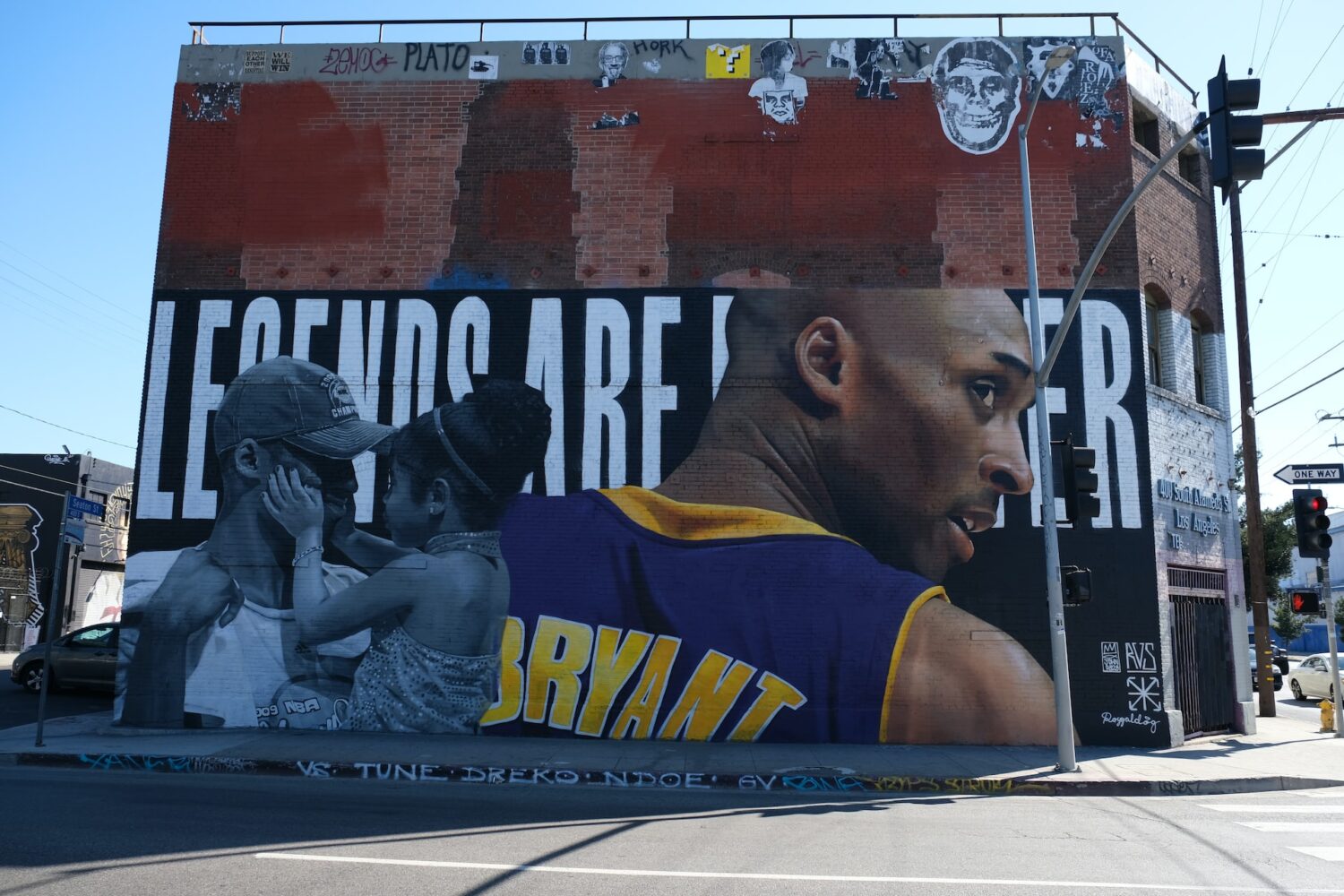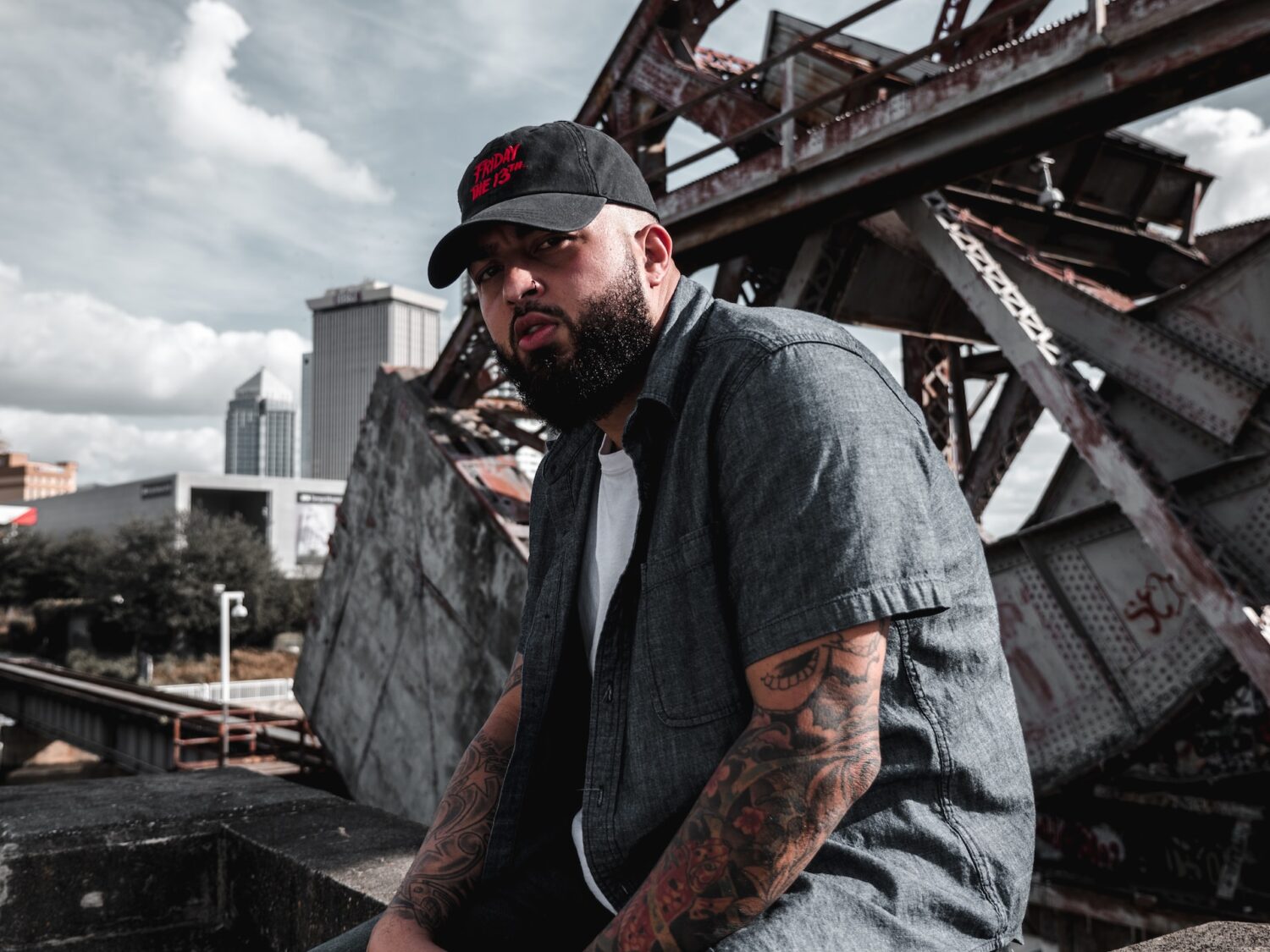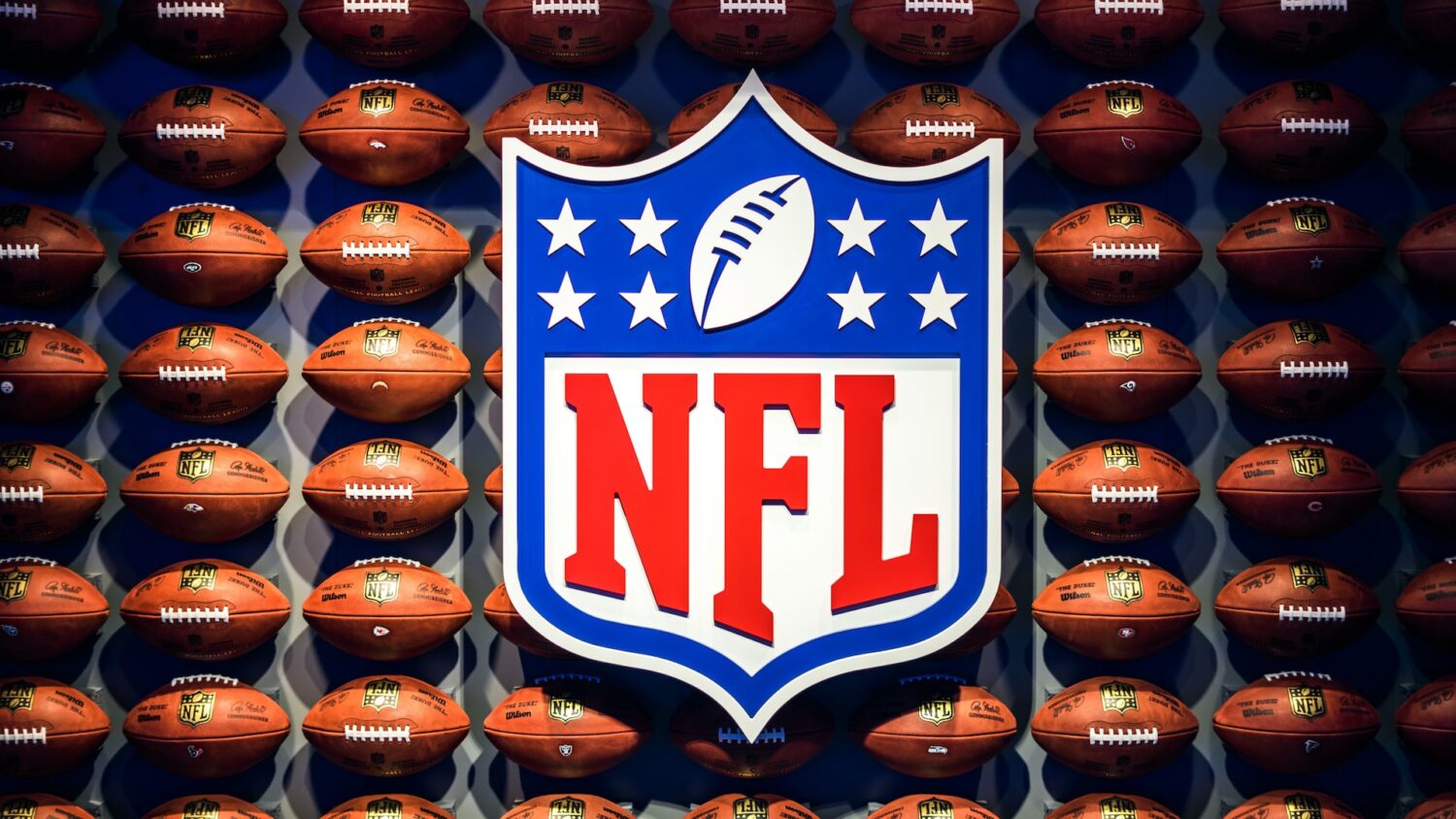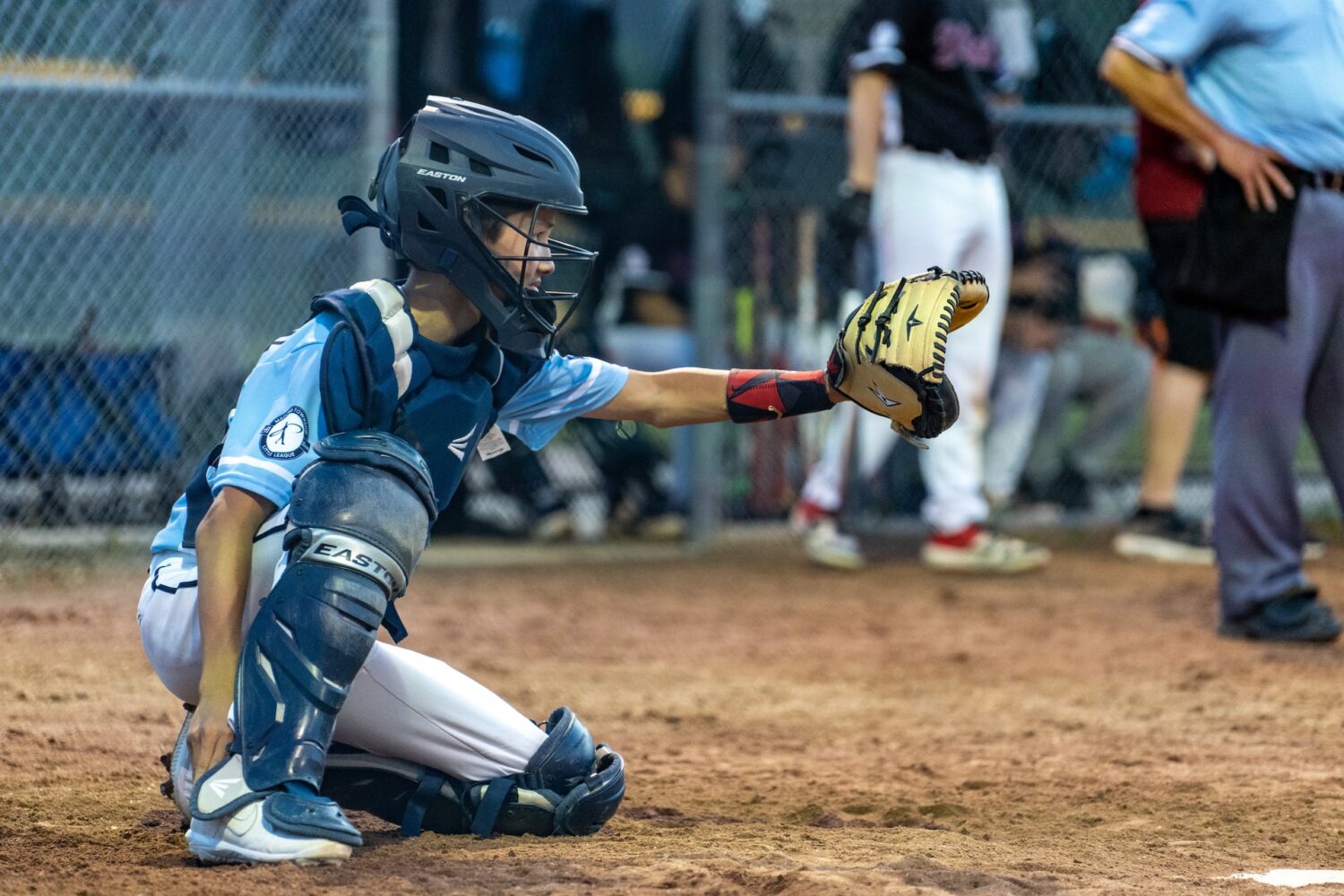
Back in October, I wrote that LeBron James had outgrown his big brothers. The theory was that his tendency to surround himself with older, influential role players – by all accounts a good thing for most of his career – had become more burdensome than helpful. At the time, the Cavaliers’ roster looked old and potentially ineffective, and I wondered if James might need to leave Cleveland to find younger and more energetic teammates he could chase more titles with.
What pretty much no one seemed to see coming was that youth would actually come to James instead. Even in the final 24 hours leading up to the trade deadline last week, the only significant Cleveland rumor was that the team might be able to swing a deal for DeAndre Jordan. There were rumbles of a George Hill trade as well, but it seemed to have stalled out. Then all of a sudden, in the final hours, rookie Cavaliers general manager Koby Altman sent the league into a frenzy by dealing about half of his team for four role players that have the potential to completely rejuvenate the Cavs, as well as James himself.
The actual trades involved four other teams (the Kings, Lakers, Heat, and Jazz) and a few pick swaps, but from the Cavaliers’ perspective, this is basically what happened:
Leaving Cleveland: Isaiah Thomas, Dwyane Wade, Derrick Rose, Jae Crowder, Channing Frye, Iman Shumpert, 2018 1st Round Pick
Coming To Cleveland: Rodney Hood, George Hill, Larry Nance Jr., Jordan Clarkson
It’s a little early to judge, and big trades can look a lot different after a few months than they do after a week. But it’s hard to look at this as anything other than a home run for the Cavs. Thomas simply wasn’t working out in Cleveland, appearing to be hampered by his injury and, perhaps more importantly, taking shots at teammates as soon as he was cleared to play. Wade, Rose and Shumpert are shells of their former selves, Crowder had been exposed frankly as an overrated defender, and Frye, while by all accounts a strong locker room presence, is not particularly useful on the court anymore.

Those players weren’t just looking as if they couldn’t help the Cavaliers win though. They were also looking as if they could barely help the Cavaliers try. A combination of age and injury had that batch of now-departed players looking uninspired and lackadaisical, and it showed in the Cavs’ precipitous January slide. Above all else, it had started to look like Cleveland needed a shot of energy, which could conceivably translate to better chemistry, happier players, and better results on the court. They should get that shot of energy with this set of transactions. Just to make things clear, the average age of the players departing Cleveland is 30.3 (to say nothing of significant playoff mileage on Wade and nasty injury histories for Thomas, Rose, and Shumpert). The average age of the players coming in is 26.5.
That gives the Cavaliers a group of supporting players that’s unusually young for a LeBron James-led team, and there’s a chance it’s exactly what he needs – not just for the next few months, but to convince him to stay in Cleveland.
The players Koby Altman brought in aren’t just young, either. They happen to address a lot of the Cavaliers’ most urgent needs. Hill can run a stable offense even if he doesn’t wow you with his own scoring arsenal, and Hood can put in points in a hurry when he’s fully healthy (which admittedly hasn’t been too often). Both players can guard the perimeter well enough to improve this team’s abysmal defensive record, and will at least have a better chance of containing Stephen Curry and Klay Thompson than anyone else on the Cavs before or after the trade. Nance is an excellent “energy guy” who can add some good interior defense, and Clarkson has proven time and time again that he can be a deadly scorer off the bench. (In case anyone didn’t notice, because I’m pretty sure no one did, the guy scored 15.5 points per game as a second year player while DeAngelo Russell was getting all the hype in LA.)
Maybe more important than these players’ youth or respective talents, however, is their relation to LeBron James. Everyone who’s ever shared a court with James has been an inferior player, but it’s another thing to be a less experienced professional. Playing with the likes of Thomas, Wade, Crowder, and Shumpert, James was surrounded by known commodities – not to mention guys with a whole lot of pride. They all knew James was the team’s best player by an infinite margin, but they also had clear ideas of who they were and what they could be. With the possible exception of Hill, who’s been around the block (but still has probably never had an opportunity like this one), the new supporting core just won’t work that way.

Now it’s up to LeBron James to help his teammates realize who they are and what they can be. It might seem like a small distinction, but it could have a significant impact on what kind of basketball we see from Cleveland from here on out. James has the chance to shape a team arguably more than he ever has, and he may well find he’s better at doing so with a collection of young players brought to him than he has been with the veterans he’s brought in himself. In other words, don’t be surprised if Captain LeBron is more effective than GM LeBron.
This isn’t to say the Cavaliers are about to go on a hot streak and win the East automatically, though the early returns have been impressive. They’re trying to slap a team together on the fly in mid-February, and the top of the conference is fairly competitive. Furthermore, even if the Cavs do go on a run and James gets back to the Finals, there’s no guarantee he sticks around. But you have to admire what Altman and the Cleveland front office attempted here, and it may well be their best shot at turning this thing around at the 11th hour.
James, I will say again, has reached a point at which he needs no more big brothers. With this group he can play that role himself, and watching how he does it is going to be fascinating.
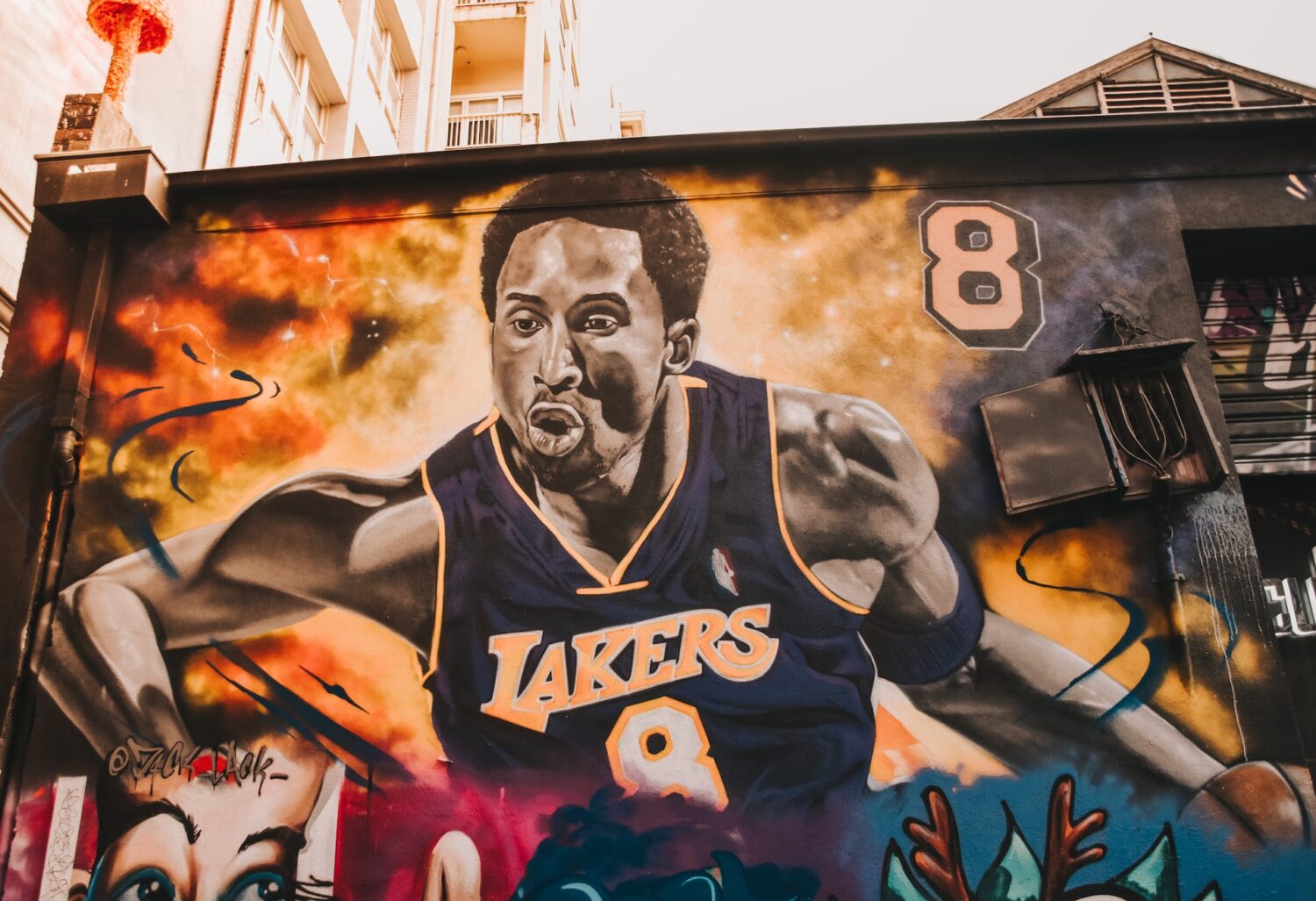
The greatest NBA dynasties of all time
The goal for any basketball franchise is to build a dynasty that fans and experts will be talking about for





